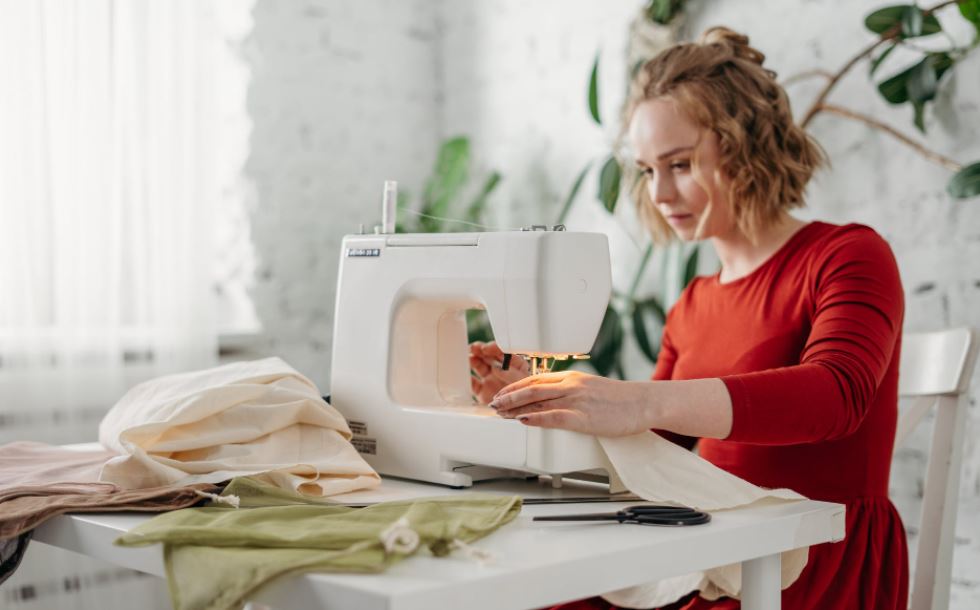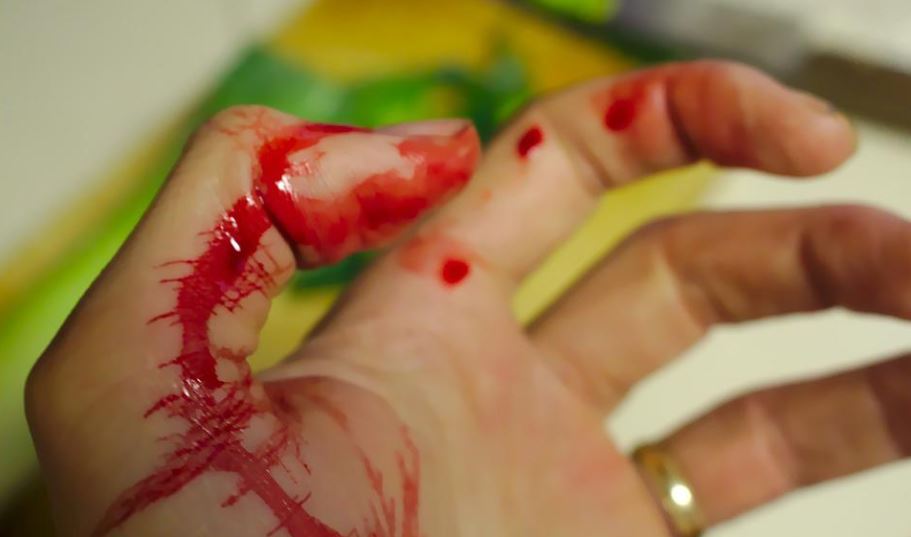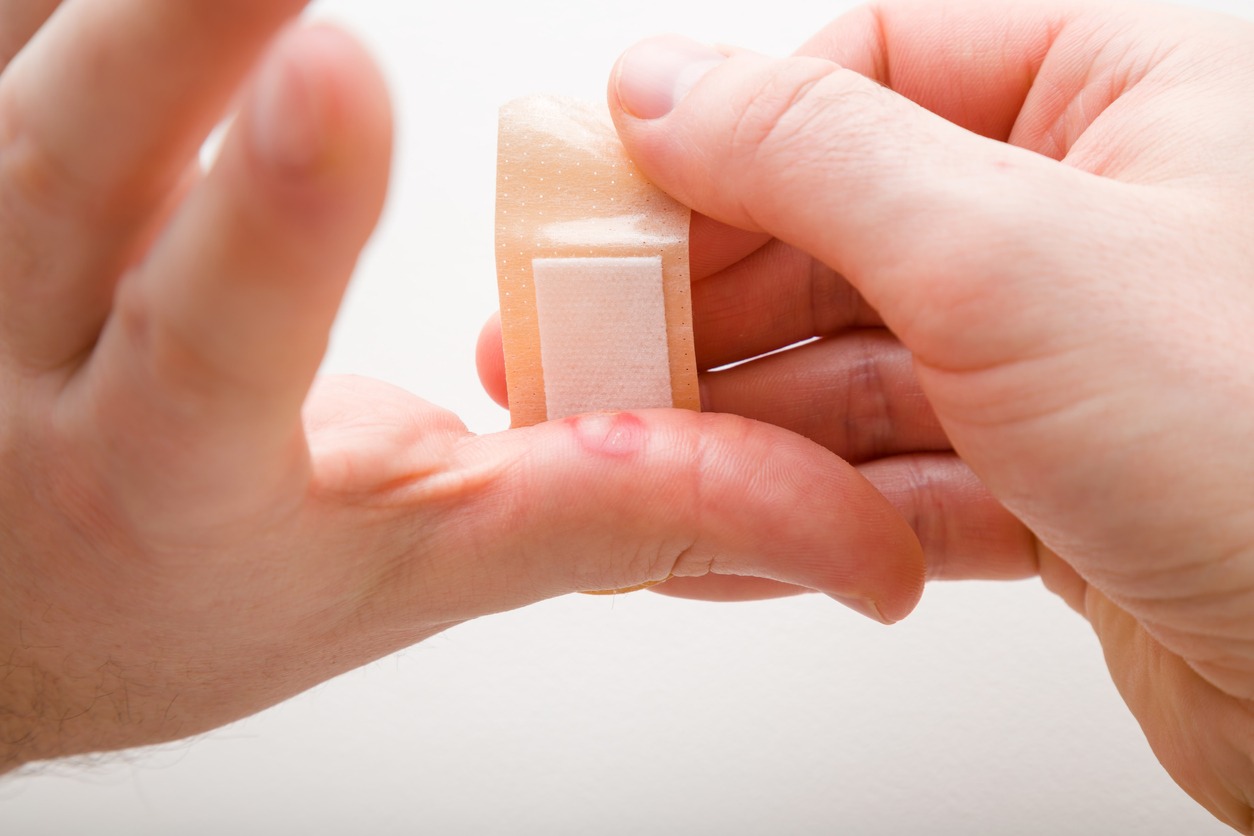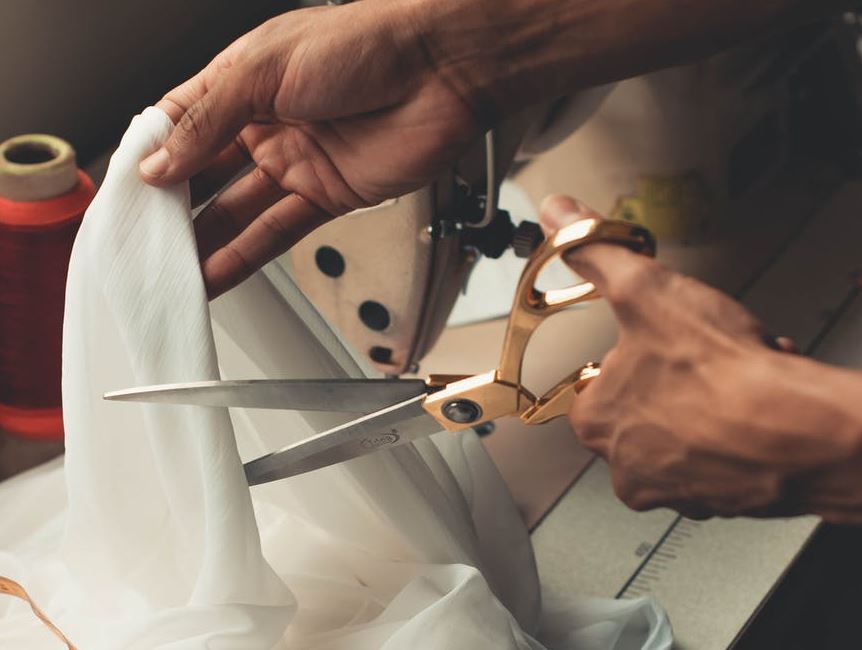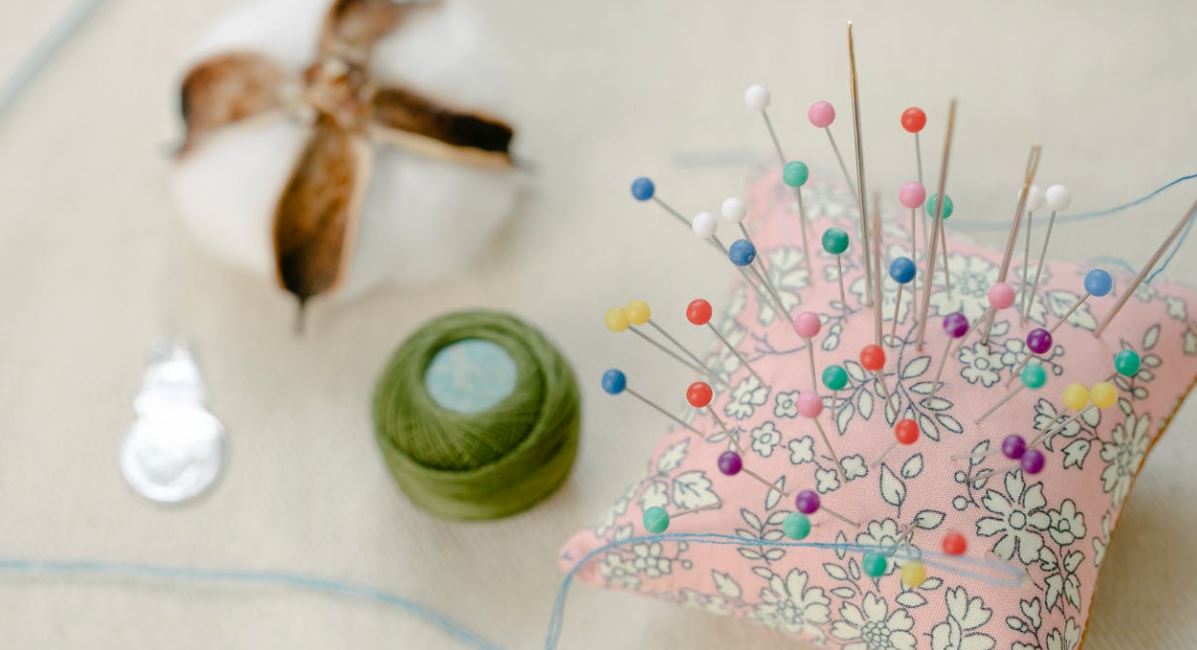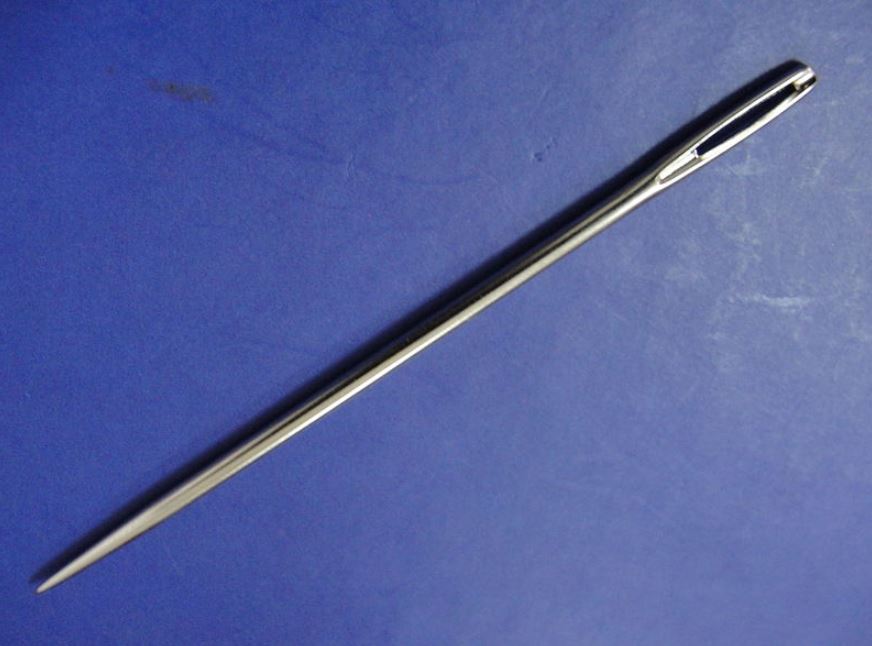Sewing can be a valuable and rewarding hobby, but it also comes with risks. Most people don’t consider sewing a dangerous household task, but it can be if you’re using a sewing machine.
They may not be the most dangerous machines you’ll ever encounter, but it doesn’t mean that you should go around using them carelessly. Many types of accidents can occur since sewing machines operate at high speeds, especially when you don’t adhere to basic safety rules. You’re more likely to be electrocuted, stuck, or snagged.
When sewing, you have to be careful of everything – from pinpricks to shoulder strain. Here are some situations that you have to be wary of when using your machine and some guidelines on keeping yourself safe as you stitch.
Unintentional Stitches
Accidents and slips are too common when the sewing machine’s needle moves so quickly. When you are holding the fabric in place, and your attention is diverted for even a second, you run the risk of accidentally slipping your finger under the needle. There are a variety of injuries that can result from this, including puncture wounds and thread or needle fragments lodged in your finger. Sometimes, this can even run the risk of breaking your finger.
Sewing Through Your Finger
Another potential sewing injury is stitching through a finger. The needle on your sewing machine is dangerous because it is sharp enough to penetrate your skin and cause some damage. Use caution when sewing fast, and keep your fingers away from the presser foot. You could get tetanus or something worse if you sew over your finger. You can always purchase a needle guard for the presser foot if you’re concerned.
Broken Needles and Flying Debris
When sewing, needle break is a common occurrence. As it moves through a variety of fabrics, the needle in a sewing machine gradually weakens. Similarly, as it is repeatedly used, it is common for it to break eventually.
In this situation, you face danger from the needle’s broken end, which can be hurled at you at the speed it was traveling when it broke off.
Besides straight pins flying at you, other mishaps could result in buttons or other objects. Sewing machine needles have caused serious eye injuries in the past. Wearing goggles or glasses provides that extra eye protection. Also, remember never to sew over pins and always use a new needle to minimize the risk of it breaking.
Aside from the possible eye injuries, your health could be seriously harmed as a result of the fabric debris, as several nasal infections can be caused by wool and wool blends, which can enter the nose and spread through the airways.
Burns
While sewing, it is also possible to get burned when using your iron or even bulb burns, which can be quite painful. When it comes to your sewing space, your iron can be a dangerous weapon. Accidentally touching it can cause third and fourth-degree burns. Pair that with a flimsy ironing board, and you have your recipe for disaster. Make sure that when you’re done using your iron, turn it off and store it in a secure location. Also, invest in a well-built ironing board that won’t topple over to keep yourself safe as you sew.
Bulb burn is also another concern but is more pronounced with older machines as compared to modern ones. It’s common for people with old sewing machines to continue using them because of their superior quality, but safety standards have evolved significantly since many of the sturdy, old machines were made. These older machines have a light bulb under the arm that can get extremely hot. You can easily cause severe burns to your arm by accidentally brushing it against the bulb.
Careful with your Cutting Tools
It’s common practice to keep your cutting tools close to your sewing machine so that you can use them as needed. Due to the frequency with which you’ll require these items, you should take precautions to prevent them from falling to the floor where you can trip on them and hurt your feet or other body parts.
Rotary cutters, which are great tools that speed up sewing, are sharp and must be handled cautiously. When you’re done cutting, don’t just set it down. When not in use, always cover the blade so you won’t get a cut if you accidentally bump it with your finger or arm.
These sharp items should be disposed of in a location that you won’t be able to access unless you need it. Otherwise, they’ll always be an accident waiting to happen.
Swallowing Pins
Putting pins in your mouth could accidentally lead to you swallowing them. Worse comes to worst; you might require surgery to remove the pins and repair your esophagus and stomach. Having a pin cushion handy will keep you from putting pins in your mouth and prevent untoward situations.
Hair Snags
A sewing machine has many moving parts that can accidentally grab your hair. Your thread take-up lever or feed dogs can catch your hair and pull it into the machine. To prevent injury while sewing, avoid leaning too close to your sewing machine and always pull your hair out of the way.
Keeping Yourself Safe While Sewing with a Machine
1. Focus
To ensure your safety while working on your sewing machine, pay attention to every step. Otherwise, a simple slip of the hand can easily result in an accident. Only use your sewing machine when you can concentrate and give your full attention to what you’re doing.
You may also want to avoid the sewing machine if you are under the influence of anything that could impair your concentration, such as medication.
2. Get Your Hair Out Of The Way
It won’t be good if you don’t keep your long hair out of the way of your sewing machine since it can get caught in the machine’s mechanisms. If you’re not careful, your hair can become a hazard while working, especially if you’re leaning over your machines to inspect them more closely. Fortunately, you can avoid any mishaps by simply pulling your hair back with a hair tie as you work.
3. Learn The Distance
Sewing with a sewing machine comes with a number of risks, the most obvious of which is the potential for injury from the constantly moving needle. The best thing you can do is the simplest step: keep your fingers far enough away from the needle to avoid injury. Always keep this about an inch away from the needle at all times.
The fabric you’re working with may at times require additional guidance. Keep your fingers away from the needle to avoid an injury or accidental puncture. You can also visit your local craft stores, as they often sell tools to guide the fabric without putting your fingers in danger.
4. Ensure That Your Needles Are Intact
It is essential to check that all pins and needles are complete and undamaged when setting up your sewing machine. A shattered needle can cause harm to your machine, ruin your fabric, and potentially become a projectile that can endanger you in the process.
5. Focus on Safety at All Times
The risks of this hobby are the same as those of any other, so you should establish safeguards to keep you and your family safe around your sewing machine. It’s especially nerve-wracking to have children around sewing machines, so to alleviate your anxiety, consider implementing a few preventative measures.
While sewing, don’t forget about your own safety. It’s not enough to keep your machine, needles, or any other products in a safe place. Always be aware of what you’re doing while working on a project to ensure your own safety.

